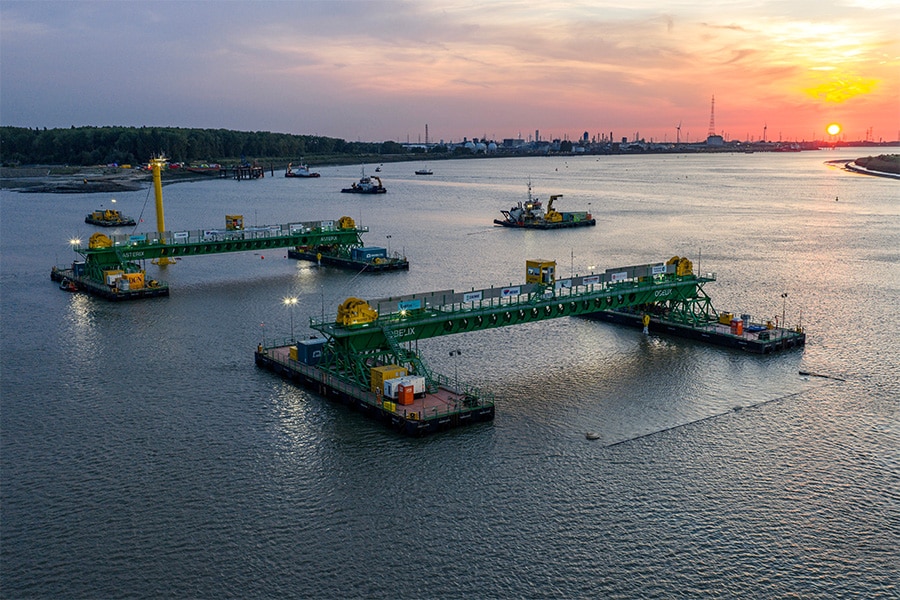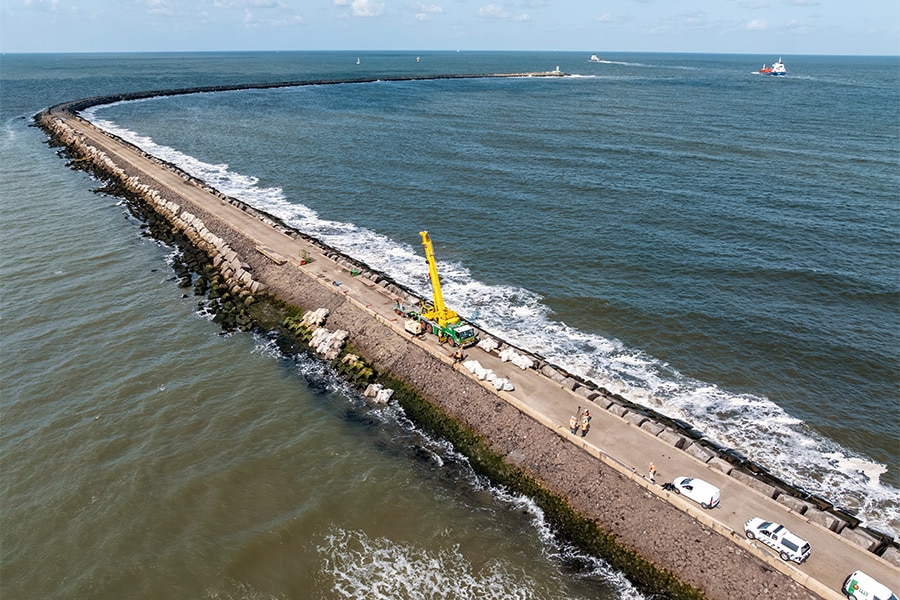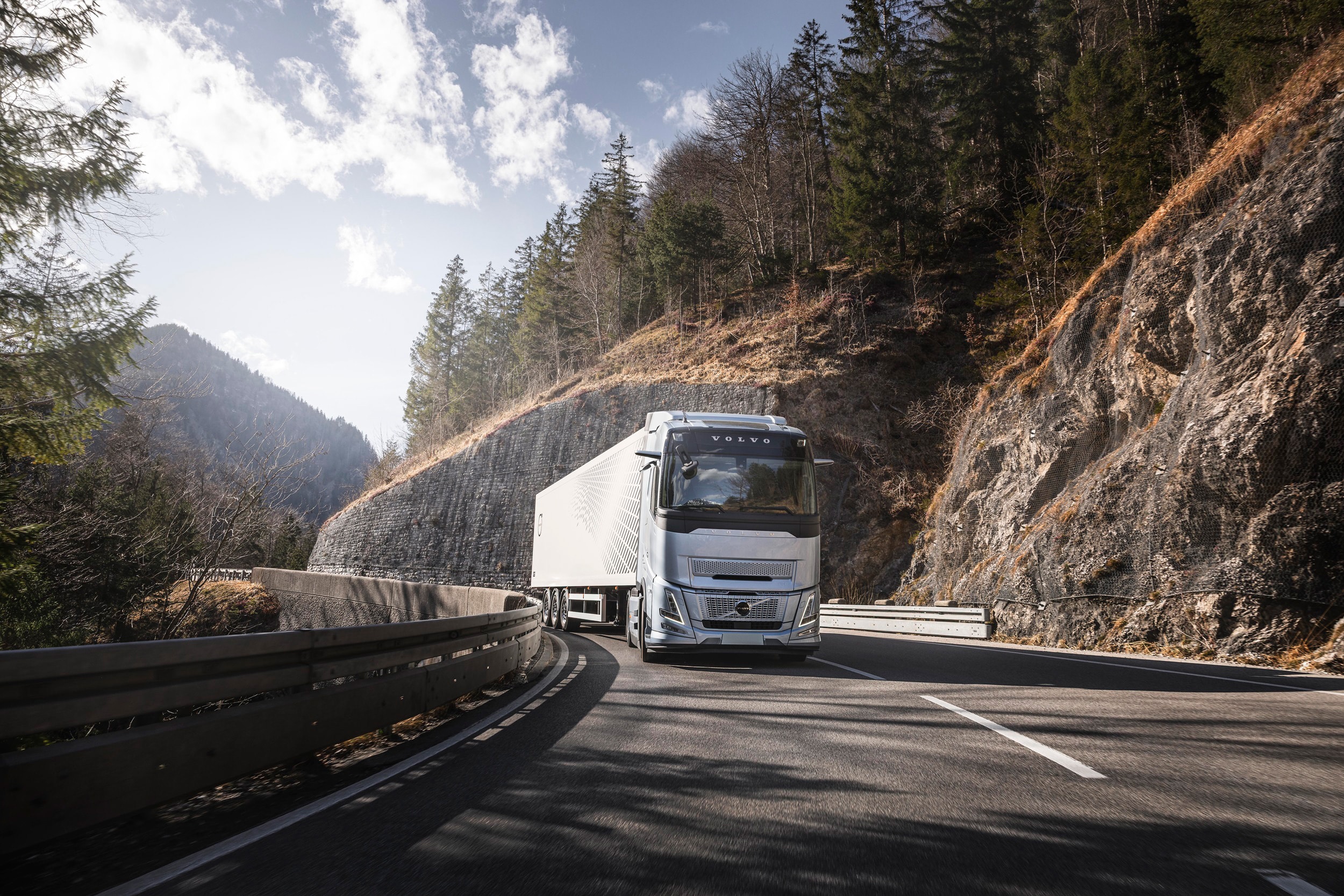
A customized sustainable solution for all types of water management
With AquaCell, made of 100% recycled and 100% recyclable plastic, the plastic pipe system manufacturer is adding a unique product to its range in 2020.
Since 1950, Wavin has evolved into a European company with a broad passion for the water sector, from drinking water to rainwater and wastewater. "So everything to do with supply, drainage, treatment and also protection of water," says Eric Detry, Product Manager Civils & Infrastructure. "Water is a scarce resource and we try to protect it through better water management, safe and more efficient water supply and better sanitation and hygiene. With the higher goal of better building performance and creating climate-resilient cities."
In 1999, Wavin took a big step with the production of one of the very first infiltration units. "We are one of the pioneers in the field of underground infiltration systems," said Eric Detry. "The European Community played a big role in this by taking certain measures in 1991 to improve general water treatment. The separate system is a great advance in that regard. Because the dirtier the water, the better the treatment process. The dirty water goes to a treatment plant and the treated water then dumps over to the river. The rainwater in turn serves for reuse, infiltration or discharge into rivers, possibly after filtration through KWS separators or RW filters. The first unit we marketed in 1999 was described plastically as a plastic beer crate. Since then, of course, the units have become much more innovative."

Q-BIC (PLUS)
The Azura unit - 40 cm high, 50 cm wide and 120 cm long - enjoyed great success, but after a few years an innovation was imminent. Eric Detry: "In 2006, we introduced the Q-Bic, a larger unit (60 cm high, 60 cm wide and 100 cm long) with two inspection channels. That way the basin could also be maintained and cleaned. Indeed, regulations continued to evolve and the volume of basins became larger and larger, but larger basins automatically meant more cost and work for the contractor. Because speed is crucial in the construction industry, Wavin therefore developed the Q-Bic Plus in 2015. This optimized version has a maximum
inspectability (77 % of floor space ), is modular, easy and quick to install and ergonomically sound. It is also the first unit with integrated connections, without additional clips and stacking pins."
AQUACELL (LITE)
Wavin's path in infiltration units highlights the company's innovative DNA. The most recent proof is the recent launch of AquaCell, crates made from 100% recycled and 100% recyclable plastic. Eric Detry: "AquaCell is fully circular. And because of the ingenious stackable design of this new generation of infiltration crates, up to four times more volume can be transported in a truck. This leads to fewer transport movements and a significant reduction in CO²-emissions, less space taken up on site and fewer deliveries. The push-fit installation with integrated connections also enables fast and safe installation. At the same time, Wavin also launched its lighter brother AquaCell Lite (50 cm high, 39 cm wide and 100 cm long). These are rainwater units for places where there is no heavy traffic, such as parks, gardens and parking lanes."

STORM HARVESTER AND TREETANK®
With Q-Bic Plus, AquaCell and AquaCell Lite, Wavin offers a clear answer to current regulations and water problems. Eric Detry: "We are now obliged to reuse water, have it infiltrated or buffered and disposed of in a controlled way. With this portfolio, we present an efficient and clear offering that meets all requirements. Moreover, our Q-Bic Plus units can also promote green spaces in cities. For example, we recently installed TreeTanks in Hasselt where the units are filled with a substrate for trees instead of water. Above the substrate we keep enough air so that the roots grow laterally in the basin and thus cannot affect the foundation of the road."
"Wavin doesn't sell products or systems, it sells solutions. That is an important mindset. Another great example is our intelligent StormHarvester sensor technology which makes it possible - based on weather forecasts - to optimally buffer, infiltrate and reuse rainwater in a single solution. We always think solution-oriented. Our consultants are commercially neutral and always think along with specifiers, engineering firms and architects. Together we take on the water puzzle challenge," Eric Detry concludes.



